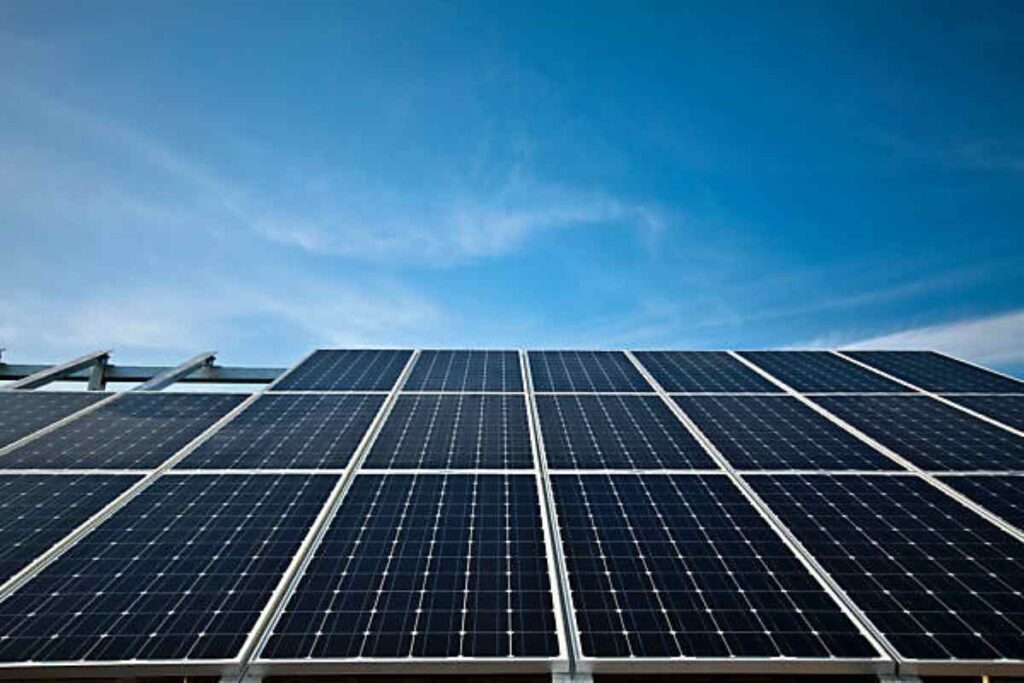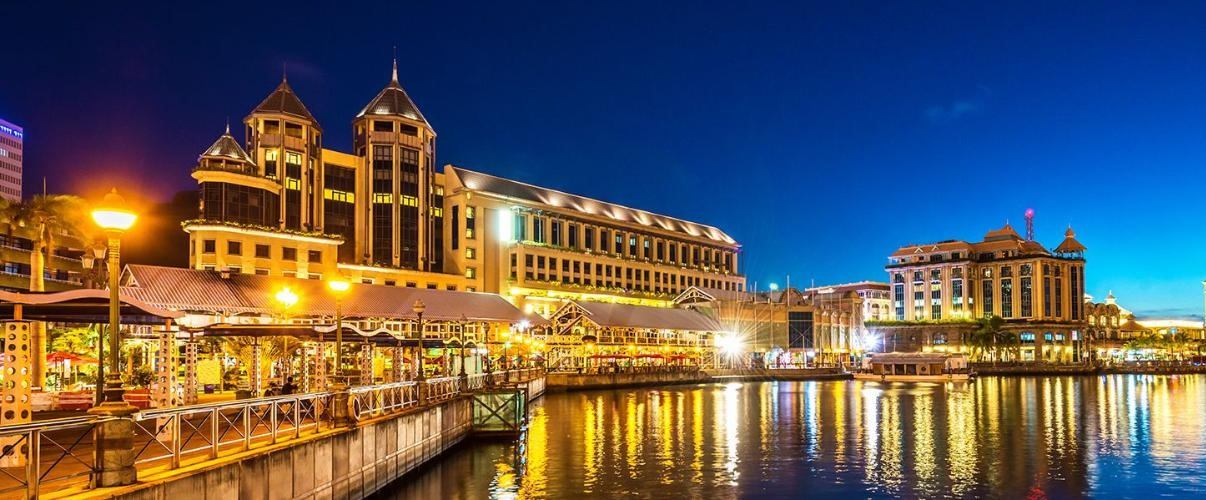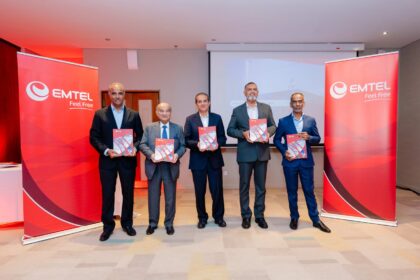At a Glance
- Mauritius turns sustainability goals into national policy driving eco-friendly luxury tourism growth.
- Hotels invest in solar power, reef protection, and community programs to meet green standards.
- The blue economy anchors jobs and conservation, linking marine health to long-term prosperity.
Mauritius markets itself as an island of contrasts, coral lagoons and white beaches that lure luxury travelers, and an economy increasingly shaped by the sea, fisheries and tourism.
But the challenge is both immediate and complex: protect the natural beauty that sustains the island’s appeal while cutting emissions, preserving reefs and ensuring nearby communities benefit.
Over the past five years, the government, hotel groups and international partners have pursued a pragmatic path that blends policy, regulation and private-sector incentives.
The result is a quiet transformation of how luxury tourism operates on one of the Indian Ocean’s most popular islands.
Policy meets profit
In Port Louis, sustainability has moved from marketing slogan to government policy. The national tourism plan for 2025–2029 sets out a clear goal to make Mauritius a “Green Destination” by 2030. That vision ties together coastal zoning, marine protected areas and tougher environmental rules for new developments.
This framework gives resort operators confidence to invest in green infrastructure, from solar power to wastewater systems. It also channels public funding into coastal protection and renewable energy, aligning government objectives with business needs.
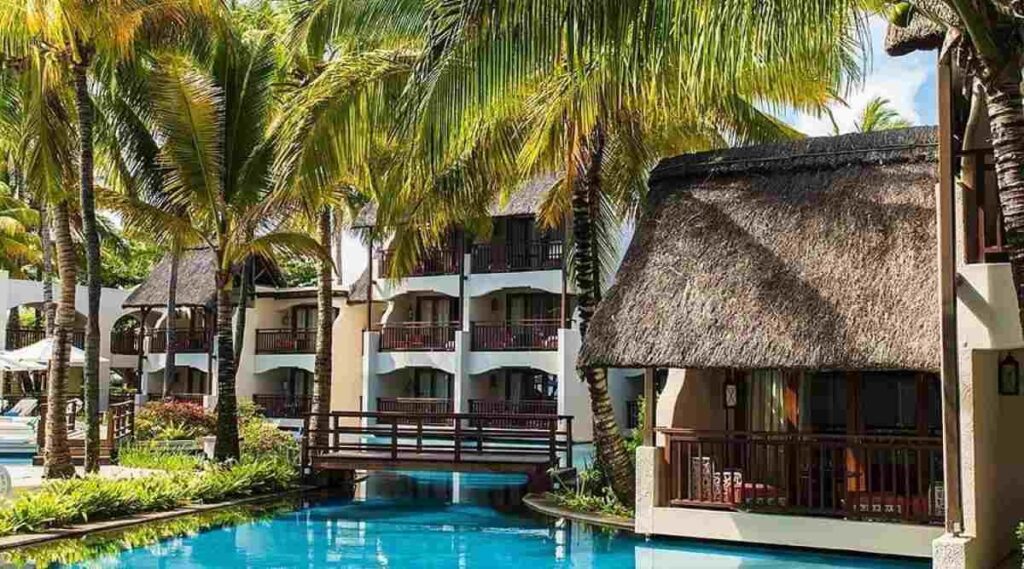
Luxury operators go green
Top hotel brands from Constance Hotels and Resorts to Heritage are translating those policies into everyday operations. Their sustainability reports now read like financial filings, tracking emissions, waste reduction and community partnerships. Constance, for example, details its carbon cuts, recycling efforts and reef clean-ups.
Many properties have earned international eco-certifications such as Green Globe platinum status, a mark that resonates with guests and corporate clients increasingly conscious of their environmental footprint.
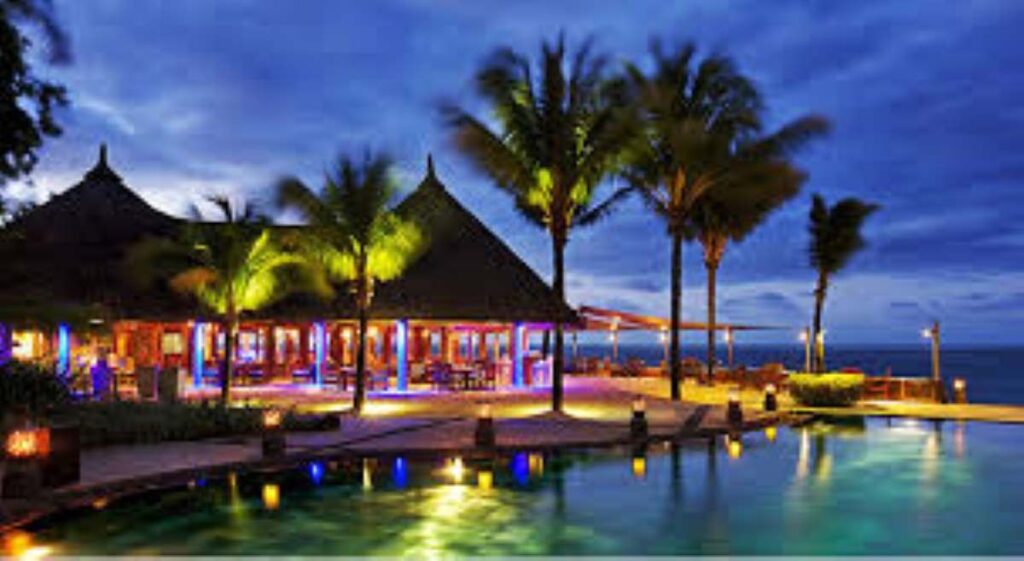
The blue economy’s double role
The sea remains the island’s greatest asset and employer. Mauritius’s “blue economy” — covering fisheries, marine tourism and related services contributes directly to GDP and supports thousands of households.
Investments in coral restoration, sustainable fishing and marine parks, backed by the United Nations and other partners, aim to keep fish stocks healthy and reefs alive.
A healthy ocean benefits everyone: fishers, resort workers and visitors who come to dive and snorkel along pristine coasts. But maintaining that balance requires consistent enforcement, financing and cooperation between public and private players.
Life beyond the resorts
Across high-end properties, the shift is visible. Solar panels line rooftops, greywater irrigates tropical gardens and menus now feature local fish and produce.
Guests are invited to use reef-safe sunscreens, take part in conservation excursions and even join “citizen science” snorkeling trips that support marine research.
Behind the scenes, resorts are deepening ties with local communities. Some have created training programs for young people, while others fund small-scale coastal projects or prioritize local suppliers.
These initiatives build goodwill and share tourism’s benefits more equitably. Still, critics argue that long-term job security and fair compensation for artisanal fishers remain pressing issues.
Mauritius’s experiment in sustainable luxury is still a work in progress. But on an island where the sea touches every life and livelihood, the effort to balance comfort and conservation may be its most valuable export yet.
